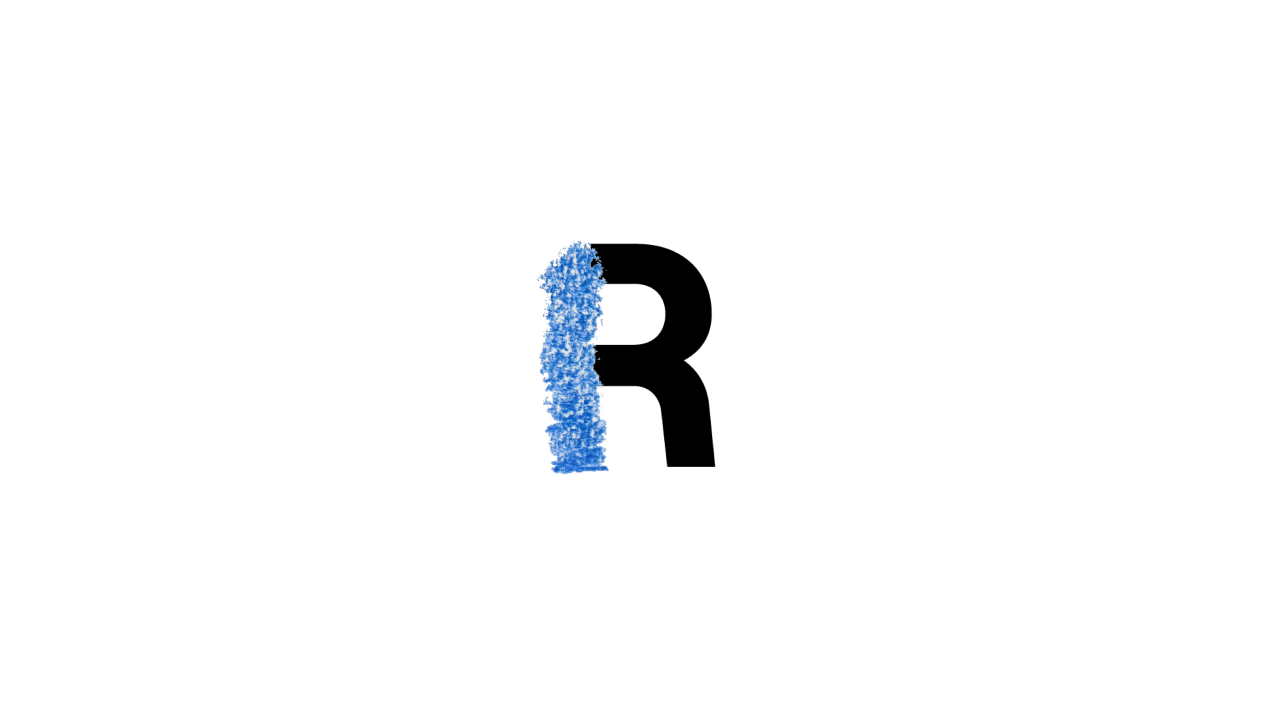

The freedom of gestures and materials
In painting, we’re free to try anything we want! We have the freedom to choose a conventional tool―our hands, a paintbrush, a brush―or to opt for something totally unconventional, like a piece of cardboard, string or even a broom!
Here’s a proposal for a creative project that invites you to celebrate Jean Paul’s commitment to the freedom to think, to act and to express oneself, while also discovering the immense diversity of direct and spontaneous gestures Jean Paul adopted in his quest to create freely. You’ll also have the chance to invent a totally new painting tool, unique to your creation.
Read more
Intentions
Intentions
- Develop an ability to appreciate works of art;
- Develop an ability to appreciate works of art;
- Develop an ability to create;
- Experiment with painting techniques;
- To appropriate the disciplinary vocabulary.
Project summary
Create a painted polyptych by using a newly invented tool and discover spontaneous gestures while painting.

Approximate time
5 hours

Technique
Painting

Notions
Flat Brushstroke
A painting movement that consists in applying a coloured pigments uniformly across a painted surface.
Varied Brushstrokes
A painting technique that consists in applying a colour in varying quantities and over areas of differing sizes on a surface that is a different colour.
Line
A continuous mark, real or projected. Lines are variable and have many characteristics: they can be drawn, painted, engraved, incised or tangible; wide, narrow, short, long, curved or straight.
Wide and narrow lines are defined by their varying width.
Short and long lines are defined by their varying length.
A straight line is defined by the mark's regularity.
A curved line is defined by the mark's curve.
Warm and Cool Colours
Colours that are associated with temperatures. For example, yellow, red and orange evoke heat; while blue, green and purple evoke the cold.
Tint
A degree of intensity, between black and white. No coloration goes into creating shades.
Tone
A degree of intensity, between black and white. No coloration goes into creating shades.
Value
The different degree (pale or light, medium or dark) or hue of a colour.
Impasto
The technique of applying a large quantity of coloured pigments to create depth. It creates thick layers that combine to produce a textured relief that stands out from the surface.
Tapping (or Tap)
A painting technique that consists in lightly and repeatedly hitting a surface with a tool (paintbrush, brush, etc.).
Spreading
Geste en peinture qui consiste à gratter avec un outil (ex.: une spatule) pour étendre la peinture.
Polyptych
A single work of art composed of at least four panels.
All-Over Painting
A style of painting in which the paint is spread in a more or less uniform way across an entire surface, even over its edges.
Material
Context
Every artist develops their own
style
A way of distinguishing oneself from others. A style includes various visual elements that can be associated to a given artist, a group of artists, an artistic movement, a period in history or a specific art school. Style is generally used to categorize pieces or artists.
artistic movement
A group of artists who share ideas, thoughts, styles and challenges, and who explore a similar artistic practice together. A movement can be defined by a location, an ideology, an era, etc.
figuration
A shape that represents something real. It's the opposite of abstraction.
abstraction
A shape that doesn't represent reality. It's the opposite of figuration.
For his part, Jean Paul Riopelle fell under almost all of these categories at one time or another. He hated being put in a box, relegated to a single style or category. He was a jack of all trades, experimenting with sculpture, painting,
figuration
A shape that represents something real. It's the opposite of abstraction.
abstraction
painting knives
A painting tool that looks like a small flexible trowel used to scrape or apply very thick layers of paint (impasto).
This project is an opportunity to discover different painting techniques and gestures by making a
polyptych
A single work of art composed of at least four panels.
Take it one step further
Optional activities to complete during or after the project

Digital fun
Interdisciplinary ICT ideas;
Create an animated film.
- Divide into two-person teams: one person will be responsible for taking photos and the other for manipulating the elements;
- When it’s time to finally mount all of the elements onto the foam board, create an animated short in an image by image style using the application of your choice. For example: FLIPANIM;
- See the detailed process document here: animation/stop motion.
Play with storytelling
Interdisciplinary English idea;
Create a label.
Create a label about your creation. Create a sign that contains the following information, to be placed next to your polyptych:
- An original title: invent a title that references the elements used to create your tool;
- Creator;
- Year;
- Technique and materials;
- A sketch of the invented tool;
- A summary of your experience creating the work;
- Optional: add a QR code to present your animated film (Digital Fun option).
Have fun with philosophy
A way to introduce philosophy to children;
Use a philosophical question as a starting point for a thought experiment.
- Explain what philosophy is;
- Set the parameters: listen to others, don’t pass judgment, don’t laugh at others, respect different opinions, etc.;
- Introduce the following questions:
- What is abstraction?
- What is the difference between figuration and abstraction?
- Is the line between these two things always clear?
- Why should we use abstraction?
- Invite students to discuss these questions;
- Invite students to express whether they agree or disagree with their classmates;
- Encourage students to explain their ideas: “what do you mean?” or “can you give an example of your idea?”;
- Invite students to create a table that categorizes the actions we can take toward Mother Earth as either Caring or Destructive;
- Share the answers out loud;
- Throughout the exercise, jot down the answers in a mind map.
Variation
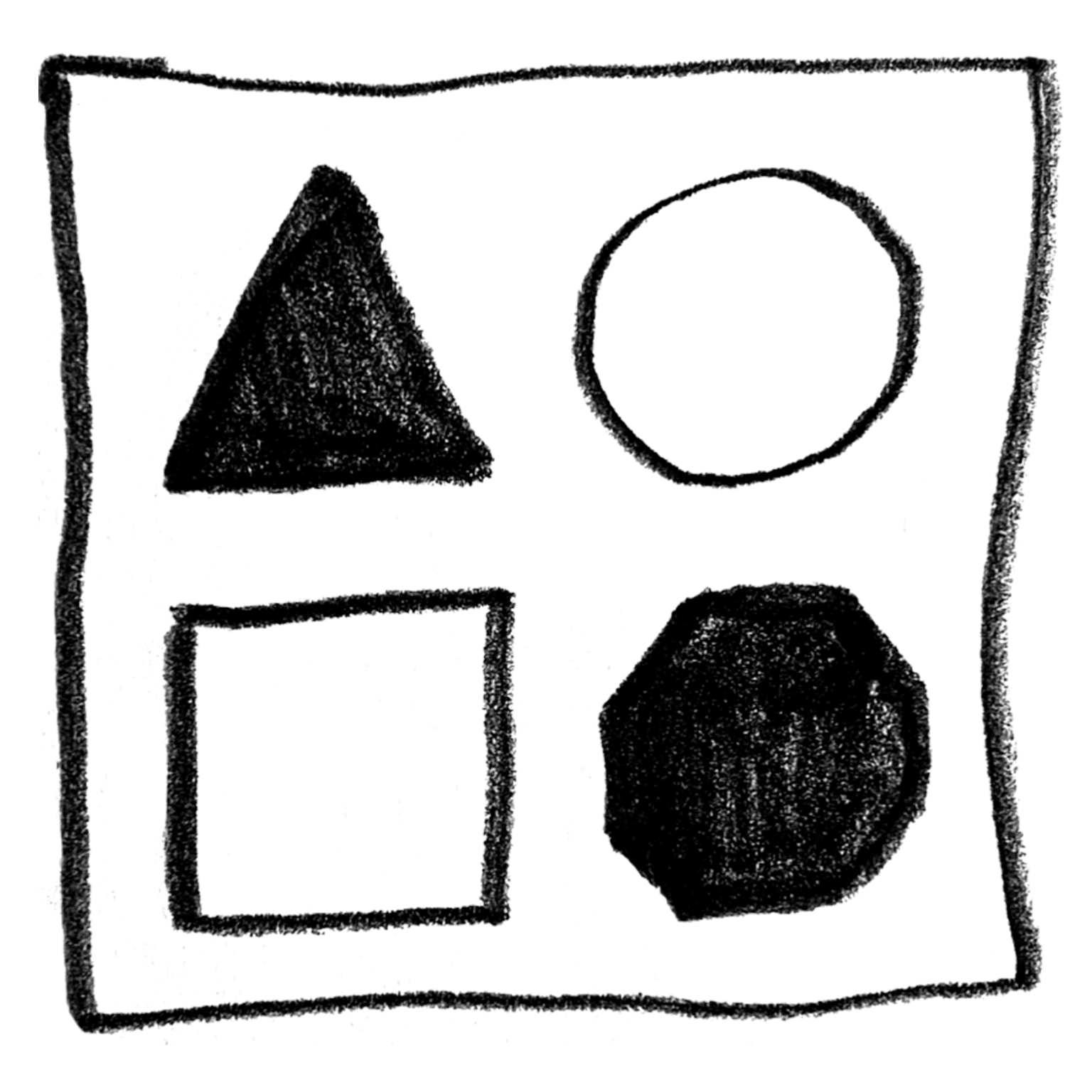
Beginner
Don't invent a tool. Choose tools that are easy to manipulate;
Skip the basic exercise.
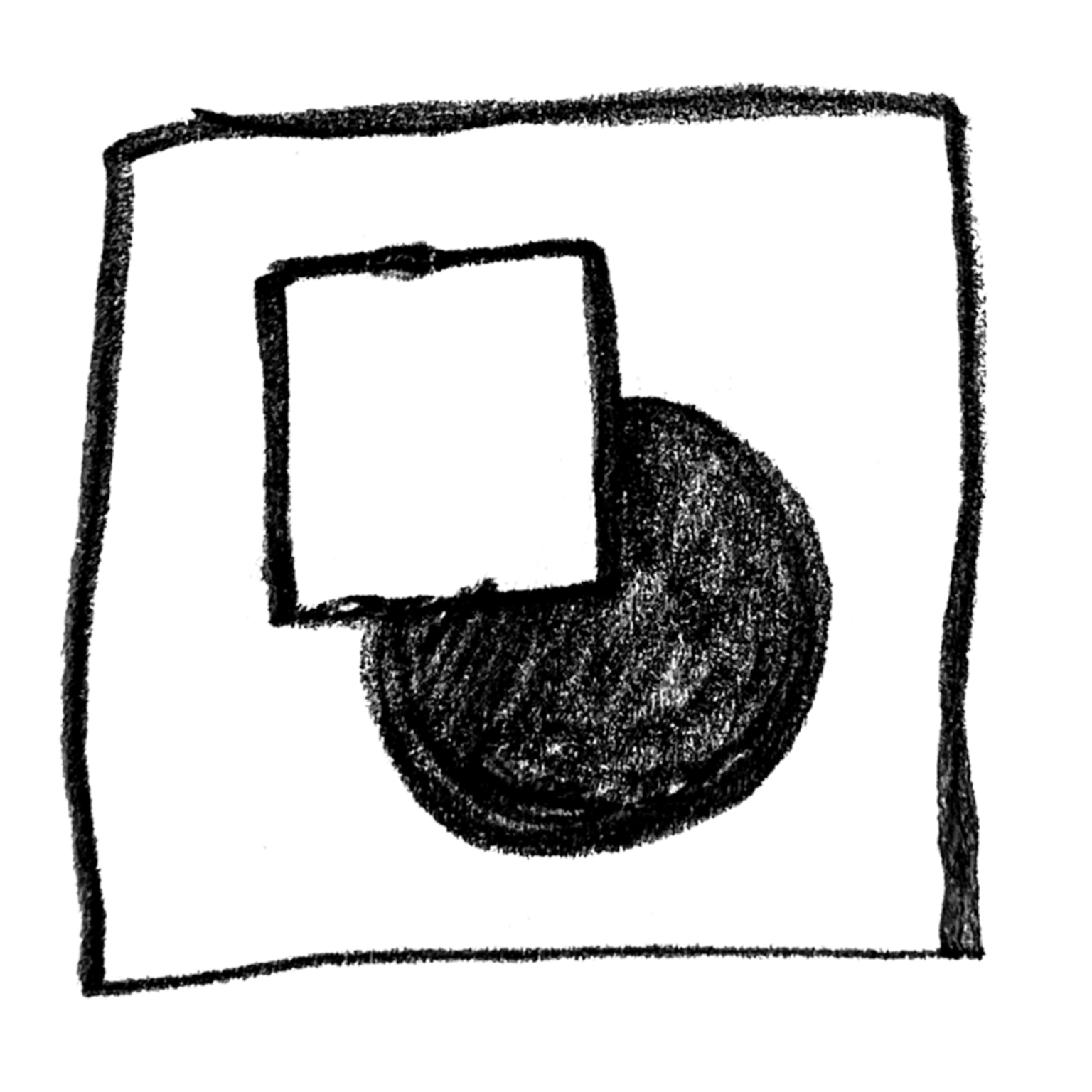
Intermediate
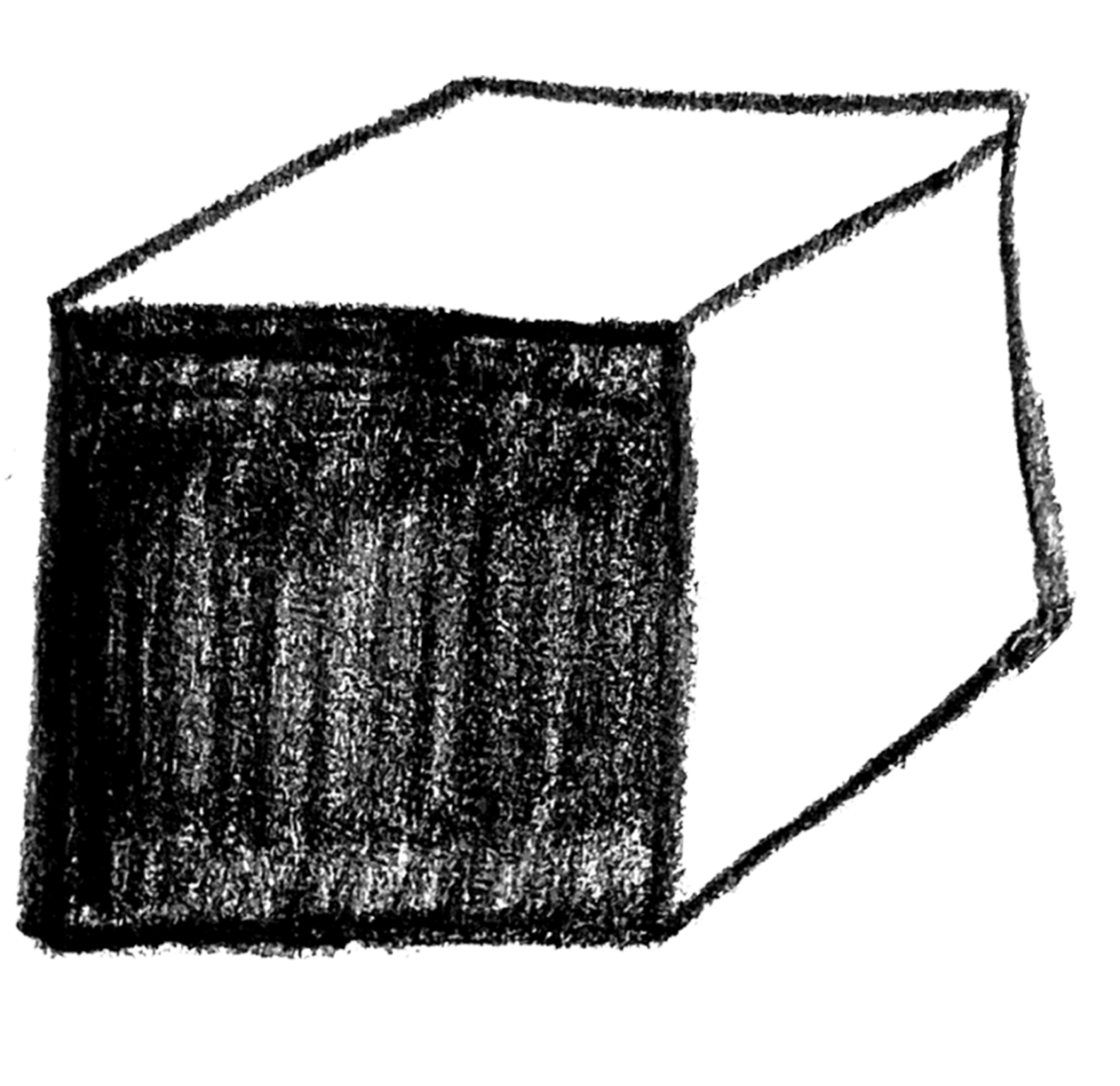
Advanced
Add exercises covering additional ideas around colour.


